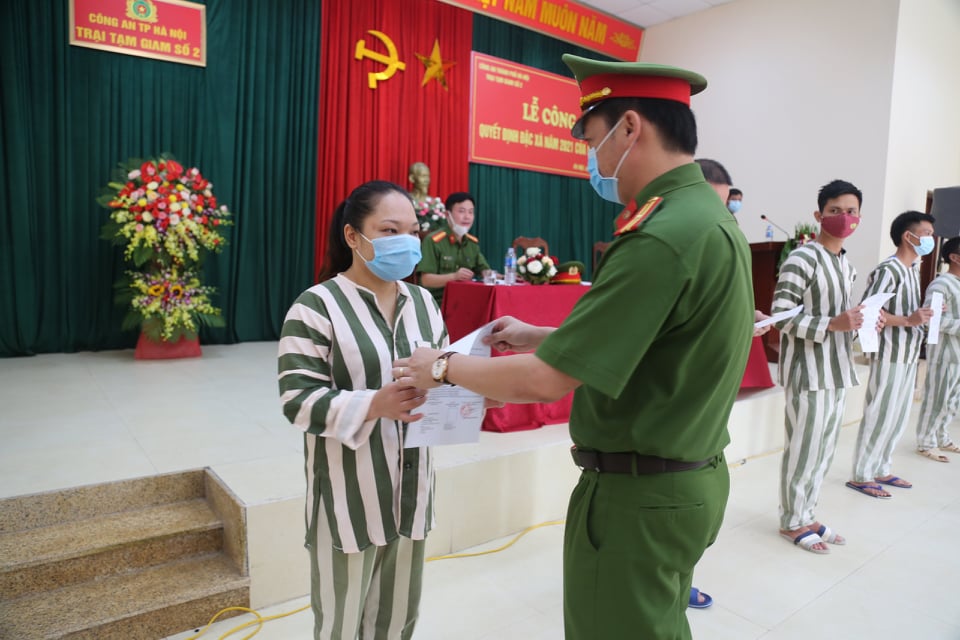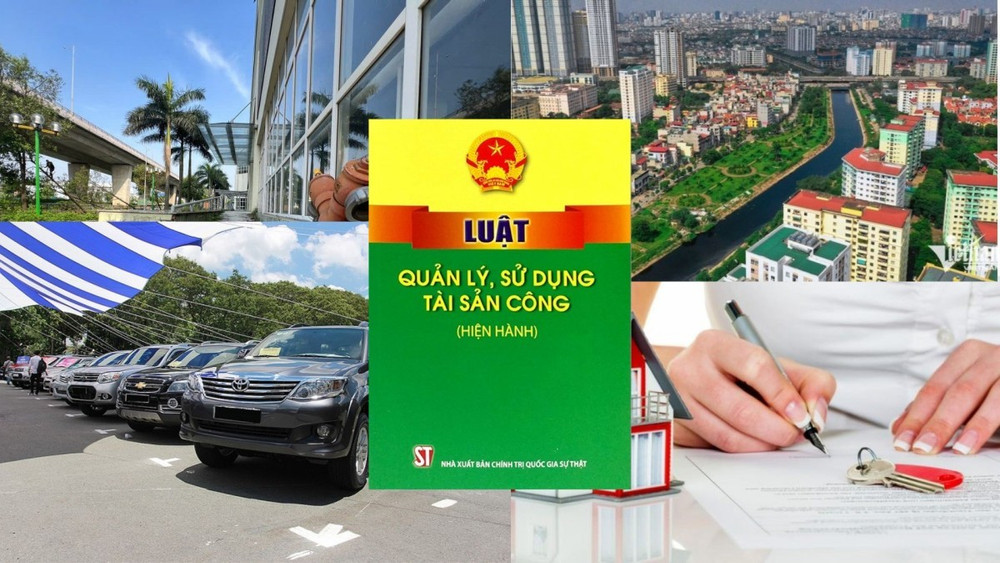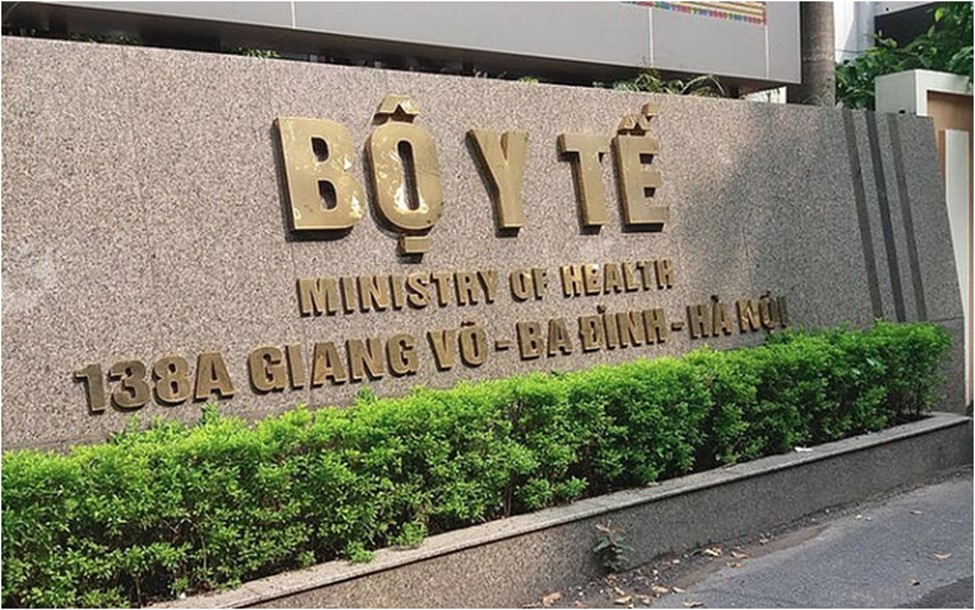Circular 11: Regulations on installing main cables and tensioning the cables of pedestrian suspension bridges in Vietnam
Recently, the Ministry of Transport of Vietnam issued Circular 11/2014/TT-BGTVT providing guidelines for the design, construction, and acceptance of pedestrian suspension bridges.
.jpg)
Circular 11: Regulations on installing main cables and tensioning the cables of pedestrian suspension bridges in Vietnam (Illustrative image)
Circular 11/2014/TT-BGTVT provides detailed guidance on installing main cables and tensioning cables during the construction process of spreading and tensioning the cables of pedestrian suspension bridges in Vietnam as follows:
1. Installation of Main Cable Bundle
- Before installing the main cables from the pre-fabricated parallel wire strands, thorough preparation is required such as constructing the work platform, transportation cables, cable pulling winches, guiding dollies, and horizontal lifting frames...
- The sequence of installing the wire strands in the main cable bundle must be strictly followed as specified in the design documentation. Each wire strand is marked at a minimum of 5 positions, these positions are also specified in the design and must be closely monitored during installation.
2. Sequence of Pulling One Wire Strand
- Before pulling one wire strand, the wire strand coil is brought to the anchor block at one end of the bridge. Use the pulling winch located at the anchor block on the other side of the bridge to pull one end of the wire strand through the roller system on the bridge deck and the floating platform on the river.
- The wire strand coil must be placed so that the wire strand is pulled along the axial direction of the wire strand. When pulling the wire strands, use a braking winch at the wire strand coil to control and manage the pulling process. When the wire strand is almost completely pulled off the reel, reduce the pulling speed and control the end of the wire strand on the reel to avoid accidents.- When pulling the end of the wire strand to the opposite riverbank, before anchoring at the anchor block, hold the end of the wire strand with a temporary anchoring system to prevent the wire strand from sliding.
- Both ends of the wire strand at both ends of the bridge must be temporarily anchored properly and also must be anchored at the anchor block as soon as possible.
3. Assembling Wire Strands into the Main Cable
- After the wire strand has been pulled and lies on the roller system of the work platform, it must be inspected before transferring the wire strand to the position of the main cable bundle and the anchoring system. The wire strand must also be inspected and cleaned before being moved to the anchoring position.
- When moving the wire strand horizontally from the rollers to the main cable bundle and anchoring position, ensure that the wire strand is only moved after the entire wire strand is lifted off the rollers.
- Before adjusting the geometric shape of the wire strand, the anchor end of the wire strand is pulled into the anchoring position, and the turnbuckles are installed.
- To monitor the structure’s shape during construction, the contractor must calculate to have data on the geometry at various construction states, considering loads and impacts at those states such as dead loads, construction loads, temperature, and the deviation of the saddle position compared to the completed bridge state.
- After all wire strands of the main cable bundle have been installed in position, proceed to tightly bind the main cable.
- Main cable protection wrapping: Wrap the main cable bundle according to the specific design for each bridge.
Details can be found in Circular 11/2014/TT-BGTVT effective from June 15, 2014.
Ty Na
- Number of deputy directors of departments in Vietnam in accordance with Decree 45/2025/ND-CP
- Cases ineligible for pardon in Vietnam in 2025
- Decree 50/2025 amending Decree 151/2017 on the management of public assets in Vietnam
- Circular 07/2025 amending Circular 02/2022 on the Law on Environmental Protection in Vietnam
- Adjustment to the organizational structure of the Ministry of Health of Vietnam: Certain agencies are no longer listed in the organizational structure
- Vietnam aims to welcome 22-23 million international tourists in Vietnam in 2025
-

- Number of deputy directors of departments in Vietnam ...
- 15:04, 05/03/2025
-

- Cases ineligible for pardon in Vietnam in 2025
- 14:43, 05/03/2025
-

- Decree 50/2025 amending Decree 151/2017 on the ...
- 12:00, 05/03/2025
-

- Circular 07/2025 amending Circular 02/2022 on ...
- 11:30, 05/03/2025
-

- Adjustment to the organizational structure of ...
- 10:34, 05/03/2025
-

- Notable new policies of Vietnam effective as of ...
- 16:26, 11/04/2025
-
.Medium.png)
- Notable documents of Vietnam in the previous week ...
- 16:21, 11/04/2025
-
.Medium.png)
- Notable documents of Vietnam in the previous week ...
- 16:11, 02/04/2025
-
.Medium.png)
- Notable new policies of Vietnam to be effective ...
- 16:04, 02/04/2025
-
.Medium.png)
- Notable new policies of Vietnam effective from ...
- 14:51, 21/03/2025
 Article table of contents
Article table of contents
